Your Role With the Media
At the University of Florida’s Floriculture Field Days, held in May, I had the opportunity to take part in a panel discussion on using the media to promote new and unusual plants. There were a few questions about when and how to contact the trade press to promote a new variety, but very, very quickly, our discussion turned to the consumer press and how growers/retailers could ensure availability of the products promoted by the consumer press.
It seems that the consumer press, be it the local paper or a best-selling national magazine, is a beast many have yet to focus on, much less tame. Audience members asked how featured plants were selected, where article ideas (many of which it was noted are off-season or otherwise inappropriate) came from, and why garden editors were often so out-of-touch with the industry. It was a great discussion, and a few of the items that came up beg distribution to a wider audience. Here goes.
Media Myths
Myth #1 Garden editors are horticulturists. Most garden editors are or become gardeners, but the vast majority of them, especially in newspapers, are trained as journalists not horticulturists. They can write and edit but know nothing about garden retailing. They have simply been assigned to the Garden section like their peers are assigned to Metro or Real Estate.
While this might sound scary, the inmates in charge of the prison, it can play in your favor: If the Garden editor at your local newspaper or city’s magazine is a blank slate you’ve got a lot of chalk. You should make this person your best friend. Invite them to any event at your facility, send them article ideas and product information, become a resource they can rely on for good content. You will be amazed at how receptive they will be. They’re usually just trying to fill their allotted space, and an article idea or product information from you will seem like manna from heaven.
Myth #2 Consumer press controls the amount of exposure a plant gets. If the above is true and trust me, it usually is then who really has control over which plants get exposure and what information consumers read? You do.
If you have a unique new plant, send information about this plant and how to use it in the landscape. When it’s time to plant bulbs, send selection and planting instructions. Want to promote early spring sales? Send information on plants that can take a frost or protecting tender plants from frost. The key is to be proactive and get the information to the newspaper/magazine.
Myth #3 There’s no way to ensure availability. There are actually several ways to ensure you have the plants that will be featured in consumer pubs. The easiest is to supply the information yourself (see above). The other way requires a bit of research. Check the Web sites of all the national magazines. Ladies’ Home Journal and Southern Living, for example, both post a list of the plants to be covered during the next quarter or even year. Newspapers are much more secretive about their content, but befriending the editor might help.
Information to use
I know this sounds like a lot of work. You’re right. You have to find the right contacts, maintain the relationship and develop printable content, but the payoff can make it well worth your time and effort.
Good sources for information can easily be found on the Internet, and you don’t have to send an entire article. You could just provide a list of seasonal topics, with a few bulleted talking points and your contact information for an interview.
Regardless of how you handle working with the media, the main rule to keep in mind is that editors are looking for something that will be educational and informative for their readers; they are not there to provide you with free press. Always make the information useful, not advertorial, and you’ll see the benefits roll in.






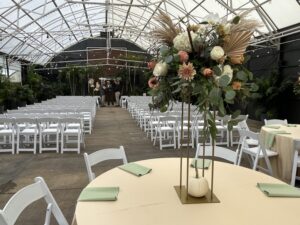


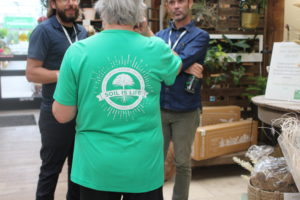
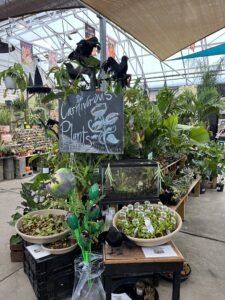
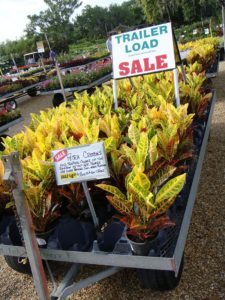
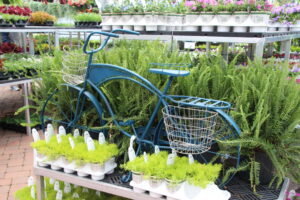



 Videos
Videos





